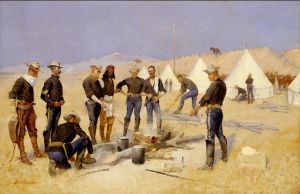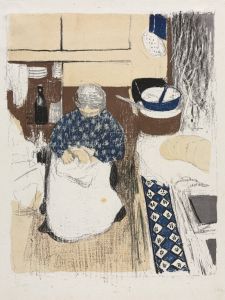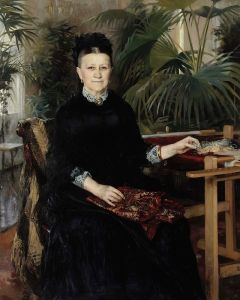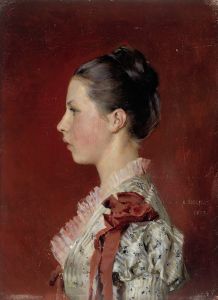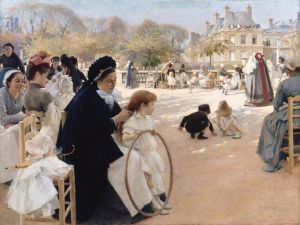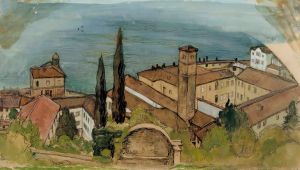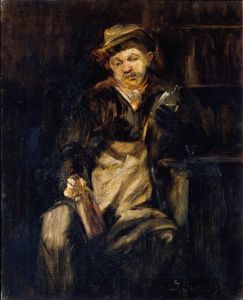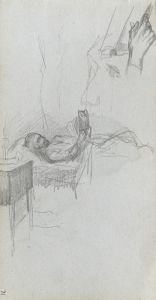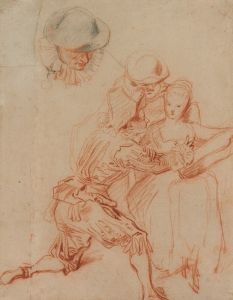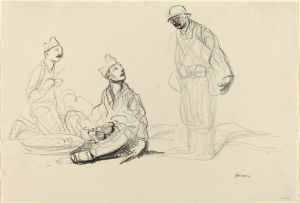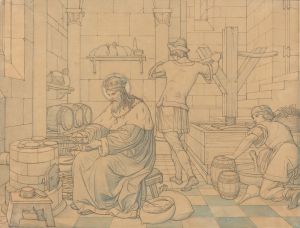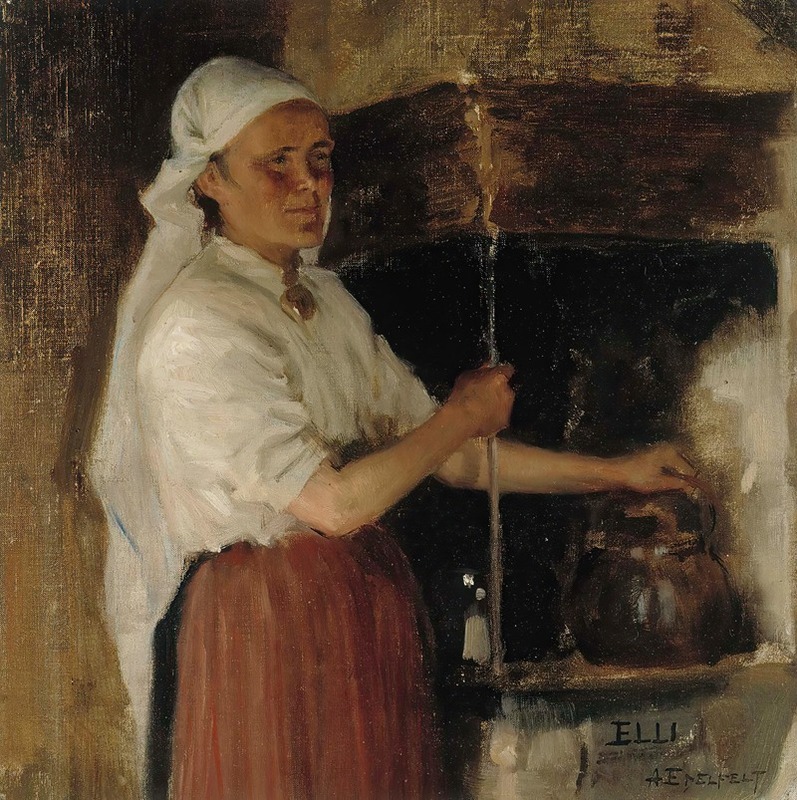
Elli Jäppinen at the Stove, study
A hand-painted replica of Albert Edelfelt’s masterpiece Elli Jäppinen at the Stove, study, meticulously crafted by professional artists to capture the true essence of the original. Each piece is created with museum-quality canvas and rare mineral pigments, carefully painted by experienced artists with delicate brushstrokes and rich, layered colors to perfectly recreate the texture of the original artwork. Unlike machine-printed reproductions, this hand-painted version brings the painting to life, infused with the artist’s emotions and skill in every stroke. Whether for personal collection or home decoration, it instantly elevates the artistic atmosphere of any space.
Albert Edelfelt was a prominent Finnish painter known for his realistic and detailed works that often depicted scenes from everyday life, as well as historical and cultural subjects. One of his lesser-known works is "Elli Jäppinen at the Stove," a study that showcases Edelfelt's keen interest in capturing the nuances of domestic life and the subtleties of human expression.
Albert Edelfelt was born on July 21, 1854, in Porvoo, Finland, and he became one of the most celebrated artists of his time. He studied art in Helsinki, Antwerp, and Paris, where he was influenced by the realism movement and the works of other European artists. Edelfelt's time in Paris was particularly formative, as it exposed him to new artistic techniques and ideas that would shape his style.
"Elli Jäppinen at the Stove" is a study, which means it was likely a preliminary work or a practice piece that Edelfelt created as part of his artistic process. Studies are often used by artists to experiment with composition, lighting, and form before committing to a larger, more finished piece. This particular study reflects Edelfelt's interest in the everyday lives of people, a theme that recurs in many of his works.
The painting depicts a woman, presumably Elli Jäppinen, engaged in the act of cooking or tending to a stove. The setting is domestic, and the focus is on the woman's posture and the quiet concentration of her task. Edelfelt's attention to detail is evident in the way he captures the textures of the clothing and the play of light and shadow in the room. The study is a testament to Edelfelt's skill in rendering human figures and his ability to convey a sense of intimacy and immediacy in his work.
While there is limited information available specifically about "Elli Jäppinen at the Stove," it is consistent with Edelfelt's broader body of work, which often highlighted the lives of women and the domestic sphere. His paintings frequently depicted scenes of Finnish life, and he had a particular talent for portraying the character and dignity of his subjects, regardless of their social status.
Albert Edelfelt's contributions to art were significant in that he helped to elevate Finnish art on the international stage. He was one of the first Finnish artists to gain widespread recognition outside of Finland, and his works were exhibited in major cities across Europe. Edelfelt's legacy is marked by his ability to blend the influences of his European training with his Finnish heritage, creating works that were both universally relatable and distinctly Finnish.
In summary, "Elli Jäppinen at the Stove" is a study by Albert Edelfelt that exemplifies his interest in everyday life and his skill in capturing the human experience. Though specific details about this study are scarce, it remains an important part of Edelfelt's oeuvre, reflecting his artistic vision and his contribution to the world of art.





